Vinegaroons shoot “well-aimed” vinegar spray, eat cockroaches for dinner — and emerge from the ground looking for love.
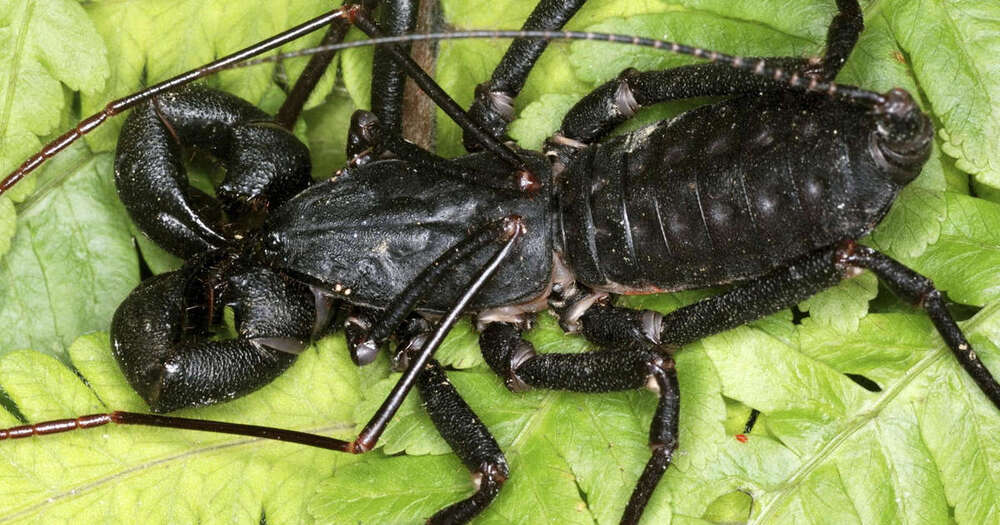


Investigating the relationship between diet, gut bacteria and systemic inflammation, a team of Stanford University researchers has found just a few weeks of following a diet rich in fermented foods can lead to improvements in microbiome diversity and reductions in inflammatory biomarkers.
The new research pitted a high-fiber diet against a diet with lots of fermented food. Thirty-six healthy adults were recruited and randomly assigned one of the two diets for 10 weeks.
“We wanted to conduct a proof-of-concept study that could test whether microbiota-targeted food could be an avenue for combatting the overwhelming rise in chronic inflammatory diseases,” explains Christopher Gardner, co-senior author on the new study.
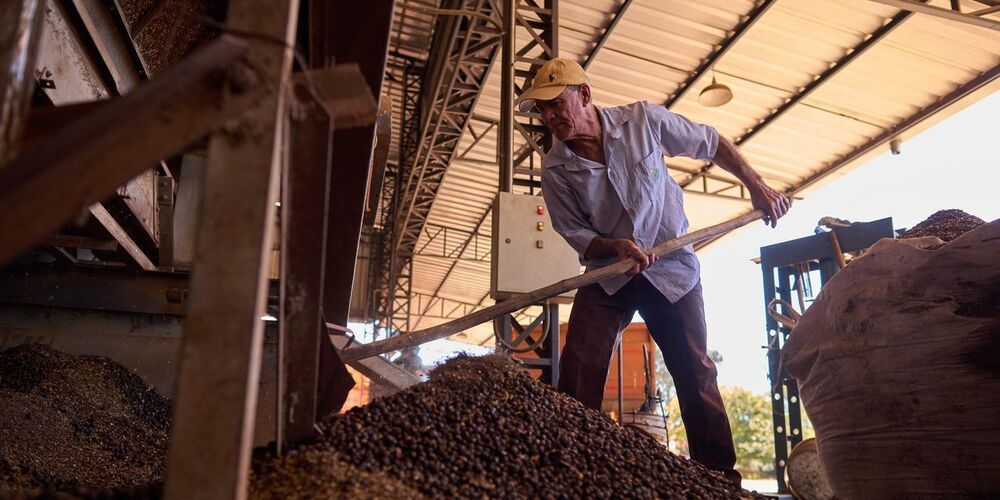
Bad news for coffee lovers. Global warming will limit our coffee consumption.
Global coffee prices are climbing and threatening to drive up costs at the breakfast table as the world’s biggest coffee producer, Brazil, faces one of its worst droughts in almost a century.
Prices for arabica coffee beans—the main variety produced in Brazil—hit their highest level since 2016 last month. New York-traded arabica futures have risen over 18% in the past three months to $1.51 a pound. London-traded robusta—a stronger-tasting variety favored in instant coffee—has risen over 30% in the past three months, to $1749 a metric ton, a two-year high.
Brazil’s farmers are girding for one of their biggest slumps in output in almost 20 years after months of drought left plants to wither. Brazil’s arabica crop cycles between one stronger year followed by a weaker year. Following a record harvest in 2020, 2021 was set to be a weaker year, but the drop is more severe than expected.

“The trend for feeding dogs raw food may be fuelling the spread of antibiotic resistant-bacteria”, the researchers said in a press release for their study, to be presented at the European Congress of Clinical Microbiology & Infectious Diseases.
Separate research to be presented at the same conference found resistance to a last-resort antibiotic may be passing between pet dogs and their owners.
Antibiotic-resistant “superbugs” — which the World Health Organization calls one of the top global threats to public health — usually conjure images of hospital settings.

Most plastic persists in the environment. A recently developed polymer degrades in a week and doesn’t leave microplastics behind. Image credit: Larina Marina/ Shutterstock.
Plastic trash chokes shorelines and oceans, in part because plastic polymers do not easily decompose. But a new kind of environmentally degradable plastic could help change that: It breaks down in about a week in sunlight and air, according to a recent study in the Journal of the American Chemical Society (JACS). Chemical characterization using nuclear magnetic resonance (NMR) and mass spectroscopy, among other techniques, revealed that the plastic decomposed rapidly in sunlight from a petroleum-based polymer into succinic acid, a naturally occurring nontoxic small molecule that doesn’t leave microplastic fragments in the environment.
Although a sun-sensitive plastic might not be a good choice for bottles or bags that need to last more than a week on shelves, integrating the environmentally degradable polymer as a minor ingredient, or with other biodegradable polymers, could help speed breakdown of these materials in landfills, says coauthor Liang Luo, an organic materials scientist at Huazhong University of Science and Technology in Wuhan, China. The flexible and degradable material would be potentially useful inside electronics, he says. Sealed inside a cell phone or other flexible electronic device, the polymer could last for years isolated from light and oxygen, Luo notes, while making smartphones easier to dispose of at the end of their service life. And the byproduct succinic acid could be upcycled for commercial uses in the pharmaceutical and food industries, Luo adds.
Breaking — Branson Beats Bezos to Space! Some history of the Virgin Galactic propulsion development, flight analysis and more background with Tim Pickens.
Tim Pickens is an entrepreneur, inventor, innovator, engineer and educator. He specializes in commercial space, technical product development and solutions, and business consulting and strategy for space and technical companies. Pickens’ 25+ years of experience in the aerospace industry, specializing in the design, fabrication and testing of propulsion hardware systems, has earned him a reputation as one of the industry’s leaders in these areas. Early in his career, Pickens served as propulsion lead for Scaled Composites on SpaceShipOne, winner of the $10 million Ansari X Prize. He also worked for small hardware-rich aerospace companies in Huntsville, and later supported the Virgin Galactic’s SpaceShipTwo venture.
You can support Galactic Gregs by supporting the sister channel Green Gregs by clicking the links below:
For your space habitat garden buy worms at greengregs.com!
See the Special Deals at My Patriot Supply (great space mission food): www.PrepWithGreg.com.
For gardening in your space habitat (or on Earth) Galactic Gregs has teamed up with True Leaf Market to bring you a great selection of seed for your planting. Check it out: http://www.pntrac.com/t/TUJGRklGSkJGTU1IS0hCRkpIRk1K
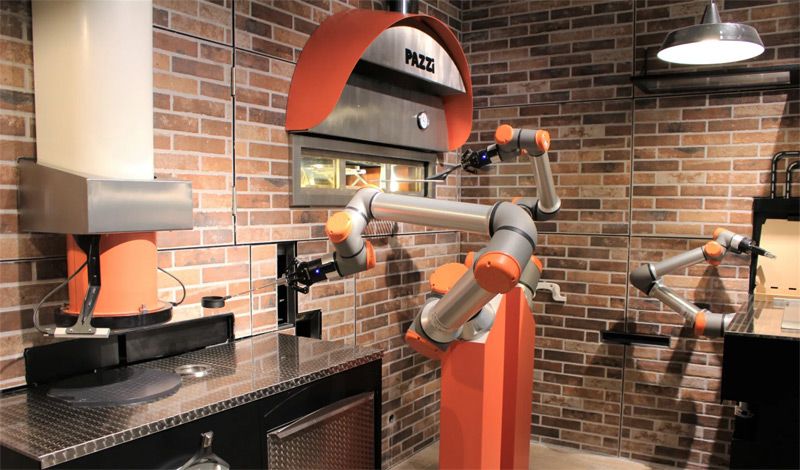
A new pizzeria, called Pazzi, is staffed entirely by robots, which can handle everything from order-taking to prepping the dough, to boxing the finished meal.
The restaurant, found in the Beaubourg area of Paris, has taken eight years of research and development. Its creators are two inventors, Cyril Hamon and Sébastien Roverso – both passionate about robotics and electronics since childhood – who began designing the machines in a family garage. Their goal has been to reinvent the fast food experience with a fully automated system that is more convenient and empowering to customers, while maintaining the same or better quality food as conventional restaurants and also being environmentally sustainable.
Pazzi builds on the success of a pilot, tested at the Val d’Europe shopping centre in 2019. The 120m² establishment is more visible and centrally located than that earlier demonstration, being opposite the famous Pompidou centre, benefiting from a high attendance.
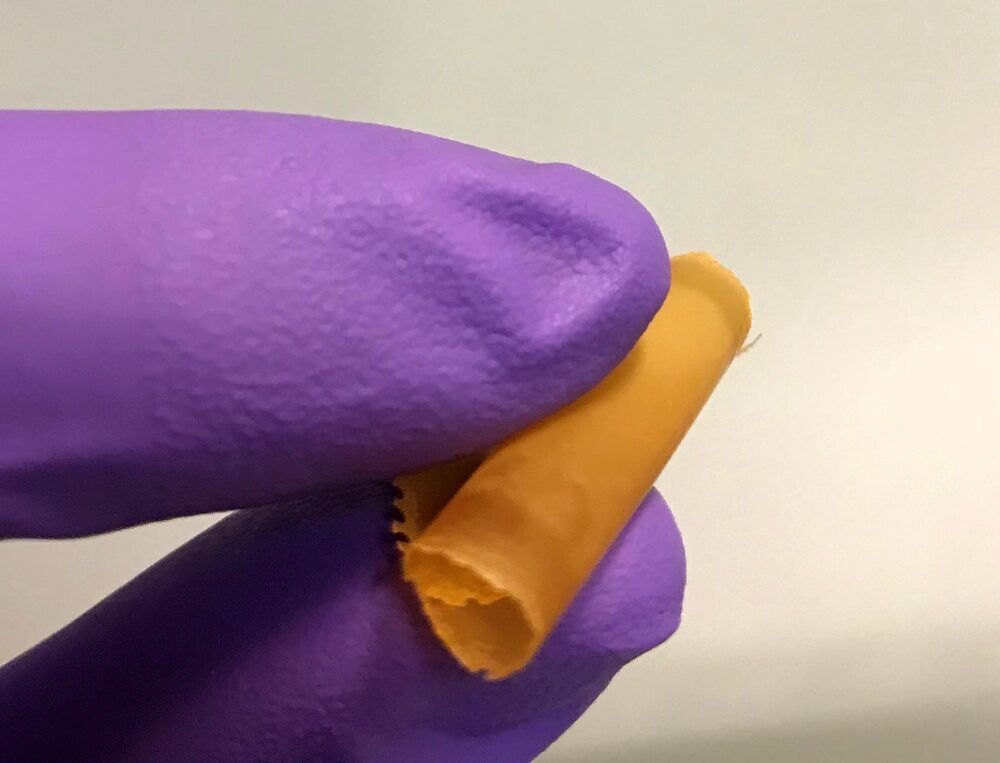
Adding absorbent nanoparticles to polymer membranes simplifies desalination.
University of California, Berkeley, chemists have discovered a way to simplify the removal of toxic metals. like mercury and boron. during desalination to produce clean water, while at the same time potentially capturing valuable metals, such as gold.
Desalination — the removal of salt — is only one step in the process of producing drinkable water, or water for agriculture or industry, from ocean or waste water. Either before or after the removal of salt, the water often has to be treated to remove boron, which is toxic to plants, and heavy metals like arsenic and mercury, which are toxic to humans. Often, the process leaves behind a toxic brine that can be difficult to dispose of.
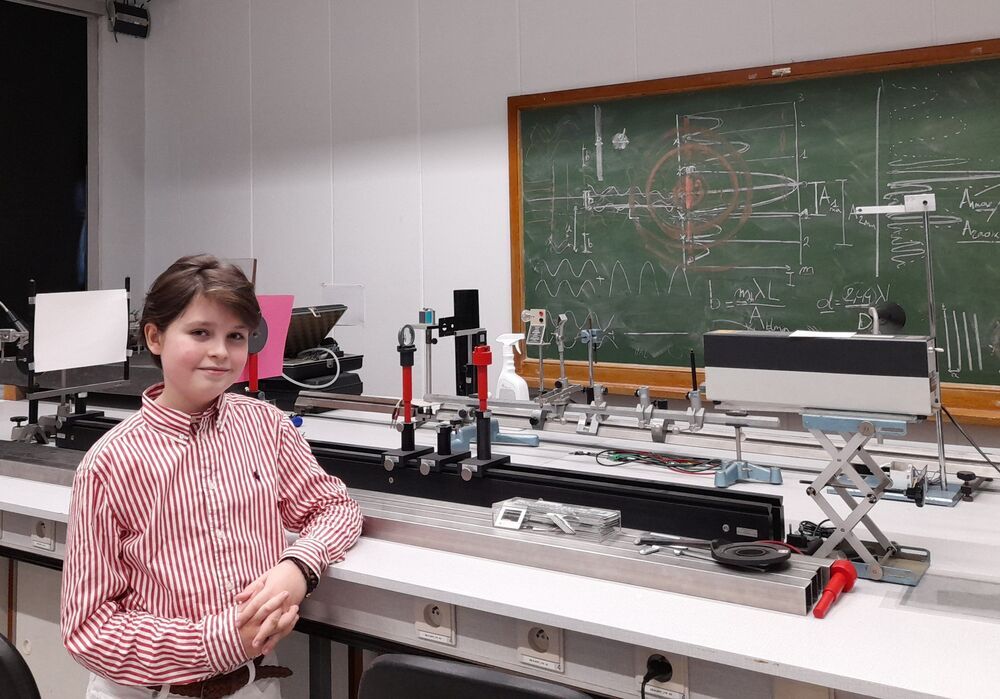
As someone with a passionate interest in longevity, transhumanism and biological immortality — I am naturally both excited and optimistic that medical technology will continue to advance in my lifetime — hopefully to the point where humanity has cured or at least greatly mitigated the signs & symptoms of most diseases as well as disabilities, radically expanded human biological lifespan regardless of age, and created a more dignified existence for all as a result of rapid breakthroughs in robotics, AI, automation, nanotechnology, 3D printing and biotechnology — which I hope in turn will largely eradicate poverty, disease, food & shelter insecurity, natural resource scarcity, environmental degradation and income inequality. I know that some of my likeminded friends are far more skeptical that we will ever see outright cures or significant mitigations for major diseases and disabilities — much less radical life extension or perhaps biological immortality in human beings — which are widely available on a commercial basis. They cite their belief that pharmaceutical giants, a plethora of not for profit organizations (i.e., American Cancer Society), and many other allegedly “self-interested parties” supposedly allied with government regulatory bodies — apparently do not want to see diseases or disabilities cured or lifespan significantly extended — EVER — as this would prevent them from earning untold sums selling treatments and supports for such things on a regular ongoing basis (i.e., chemo drugs for cancer, statins for cardiovascular disease, inhaled/oral steroids for lung disease, renal replacement therapy for kidney disease, mobile supports for spinal cord injuries, ect.) They believe that too much money would be at stake, too many jobs on the line and the entire “pharma-medical-academic industrial complex” supposedly at great risk, if actual cures or significant mitigations ever saw the light of day. Some of these friends even cite their belief that fully autonomous, accident proof, self-driving cars will most likely never occur — as it would supposed put the entire auto insurance industry at existential risk as well as deprive law enforcement agencies of a key source of reliable revenue (issuing speeding tickets) This one makes me giggle! 🤭 My friends also believe that radical life extension in human beings — much less biological immortality — would apparently upset the proverbial apple cart — where the “powers that be” are concerned — in terms of everything from the highly lucrative profits which are derived from pharmaceutical sales, old age homes, life and health insurance plans, personal financial services and all of the sales of key products and services associated with the aging process — to macroeconomic considerations such as the long term viability of government entitlement programmes. They believe that government regulatory authorities allegedly working at the behest of the aforementioned self-interested parties will always seek to delay, disrupt or even derail ANY and ALL significant progress into cures/mitigations for disease/disabilities, radical human life extension and/or human biological immortality. Apparently, new biotech start ups which do advance the aforementioned things are allegedly “always aggressively bought out by monopoly capital — with their cures and advances indefinitely suppressed” I personally tend to be more on the positive and optimistic side where these things are concerned — but perhaps these rather pessimistic arguments do have some validity — minus the implied conspiracy theory aspect. Do you think human beings will ever be “allowed” to truly be free from illnesses and disabilities? Will we ever be “permitted” to radically expand our lifespans or even become biologically immortal at some point? Please discuss.
I have already taken a few courses for a master’s in physics at the University of Antwerp and I want to complete it there. In a bachelor’s degree you get a basis of knowledge in physics and quantum physics, but it gets more detailed in a master’s.
The main reason I chose to study physics is because my end goal is to achieve immortality. One of the areas that is important in the study of immortality is physics, but as of yet, there is no mapped out path to achieve it.
I am interested in immortality because my grandparents suffer from heart disease. I want to help them and I want to help other kids so they don’t have to lose their grandparents. You could look at immortality as a very big puzzle. We have a lot of pieces of the puzzle, which are different studies and research, and it’s possible that combining the knowledge from those studies will develop new insights and ideas. Something I am interested in is artificial organs; I would like to be able to replace as many parts of the body as possible with artificial organs. I plan to do a lot of studying, gather a lot of knowledge and then all the pieces will hopefully fit in together and the puzzle of immortality may be solved.
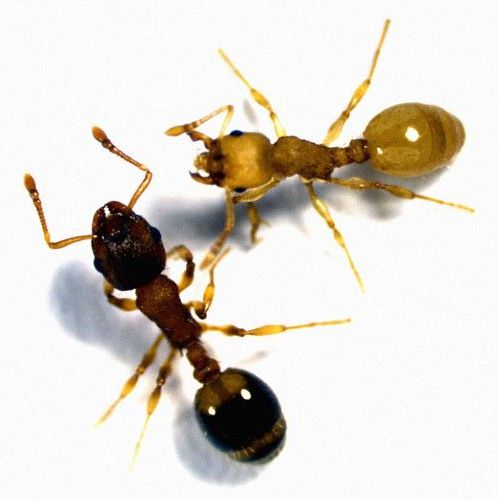
“Deep in the forests of Germany, nestled neatly into the hollowed-out shells of acorns, live a smattering of ants who have stumbled upon a fountain of youth. They are born workers, but do not do much work. Their days are spent lollygagging about the nest, where their siblings shower them with gifts of food. They seem to elude the ravages of old age, retaining a durably adolescent physique, their outer shells soft and their hue distinctively tawny. Their scent, too, seems to shift, wafting out an alluring perfume that endears them to others. While their sisters, who have nearly identical genomes, perish within months of being born, these death-defying insects live on for years and years and years,” Katherine J. Wu writes.
A parasite gives its hosts the appearance of youth, and an unmatched social power in the colony.